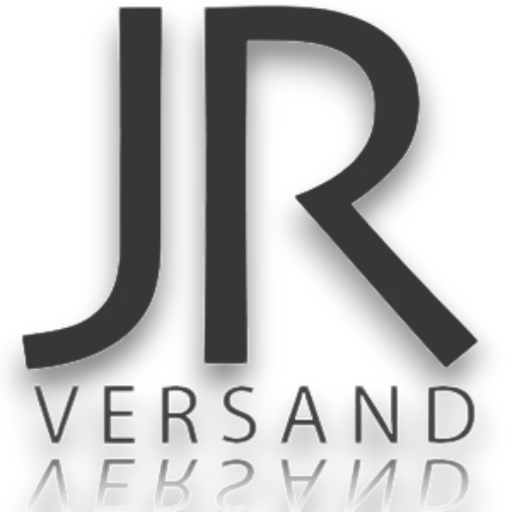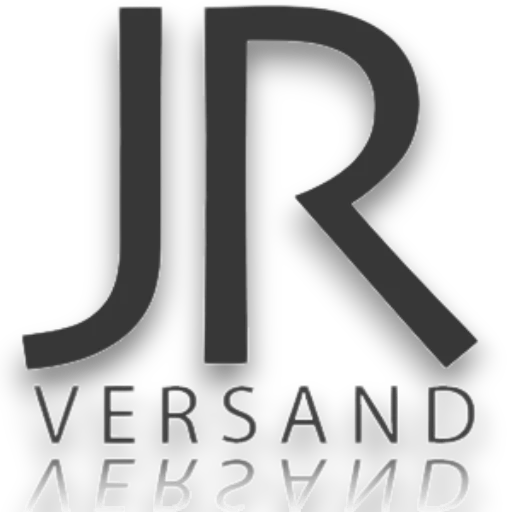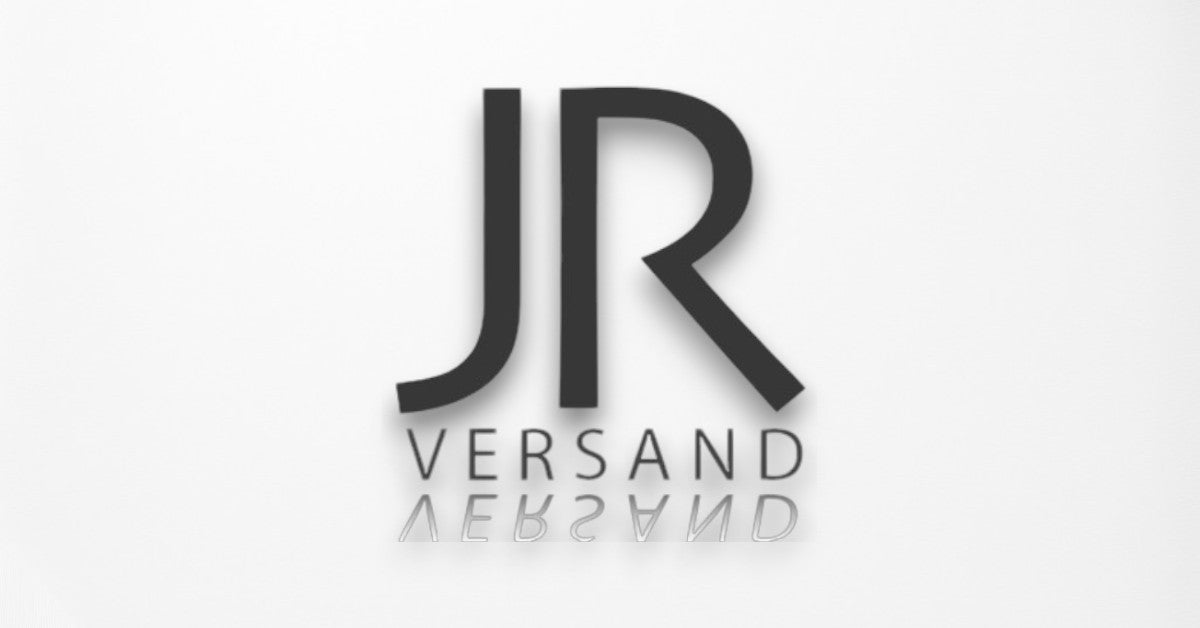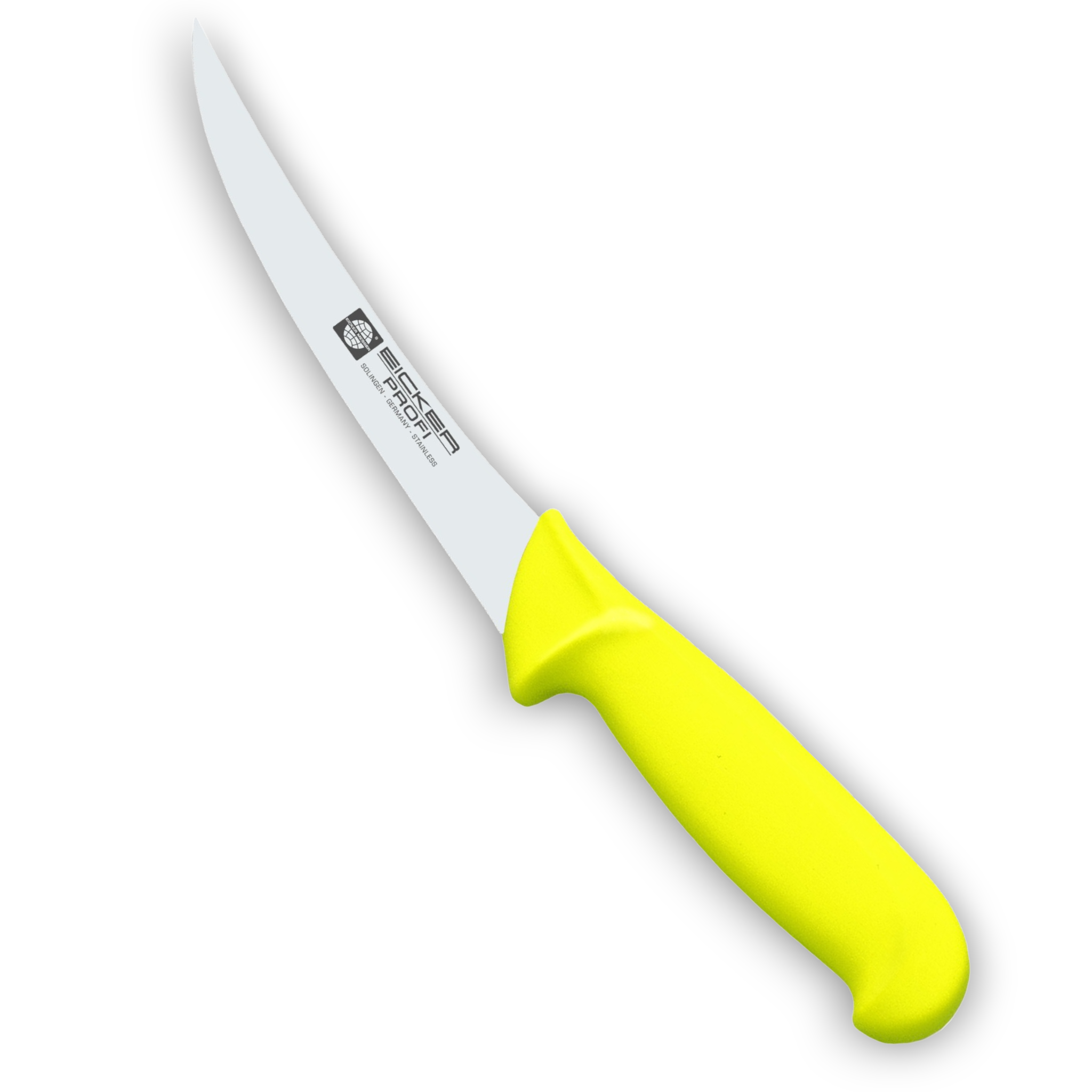Boning knife: The indispensable tool for meat lovers and professionals
Whether it is cutting up a juicy roast pork, filleting poultry or preparing game – a boning knife is the secret star in every meat lover's kitchen. But what exactly makes this knife so special? Who is it worth buying? And what should you look for when buying? This article provides answers – understandable for beginners, but with in-depth information for professionals.
What is a boning knife?
A boning knife (also Boning Knife called) is a special kitchen knife used for separating meat and bones and for removing tendons and skin. Its characteristic features are narrow, slightly curved blade (usually 12–17 cm long) and a high Flexibility that allows for precise work. Unlike the more stable carving knife or the thinner filleting knife for fish, the boning knife is the all-rounder for all types of meat—be it beef, pork, poultry, or game.
What is it used for?
- Deboning : Removing meat from bones (e.g. chicken thighs or chops).
- Preparing roast beef or ham : Remove fat and silver skin.
- Filleting : Precise cutting along the muscle fibers.
- Hobby hunters and butchers : Ideal for gutting and butchering game.
Why not a normal kitchen knife? Conventional knives are often too thick or rigid to work closely with bones, increasing the risk of wasting meat or injuring yourself.
The three types of boning knives
-
Flexible blades : Perfect for delicate meats like poultry or fish. Their flexibility compensates for unevenness.
-
Stiff blades : For tough meat (beef, game). More control when cutting through tendons.
-
Medium-flexible blades : The compromise for versatility.
Tip for professionals : It is best to have two versions – one flexible and one rigid – to be prepared for every application.
How do you choose the right boning knife?
-
Blade material :
-
High-carbon steel : Stays sharp for a long time, but rusts more easily. Ideal for professionals who sharpen regularly.
-
Ceramic : Lightweight, corrosion-resistant, but prone to breakage.
-
Stainless steel : easy to maintain, but less sharp-edged.
-
-
Handle : Non-slip materials such as rubber parts or curved wooden handles (e.g. from brands such as Eicker , Sico , Victorinox or Wüsthof ) ensure safety.
-
Price : Entry-level models start at €20–40, professional knives cost up to €150.
Care and sharpening
-
Cleaning : Always by hand! Dishwashers damage the blade and handle.
-
Sharpening : Use a sharpening steel for regular re-tightening and a whetstone every 6-12 months.
-
Storage : Knife block or magnetic strip protects the cutting edge.
Pro tip : Test the sharpness by holding the knife vertically on a piece of paper – it should cut effortlessly.
FAQ – Frequently Asked Questions
-
Can I use a boning knife for fish?
Yes, particularly flexible models are suitable for this. However, for purely fish-related work, a filleting knife is even thinner. -
Is it dangerous to work with such a sharp knife?
The sharp blade actually reduces the risk, as less force is required. Nevertheless, always cut away from your body and use a non-slip surface! -
How does it differ from a chef's knife?
Chef's knives are wider and longer – ideal for chopping, but unsuitable for precise boning.
Conclusion
A good boning knife is not a kitchen gadget, but a A tool that will last for decades—provided you invest in quality and care. Whether you butcher your own meat, enjoy preparing game, or simply want to conjure up the perfect roast: with this knife, you can turn meat into a work of art.




Share:
Wetzstähle bei JR-Versand: Schärfe, die bleibt